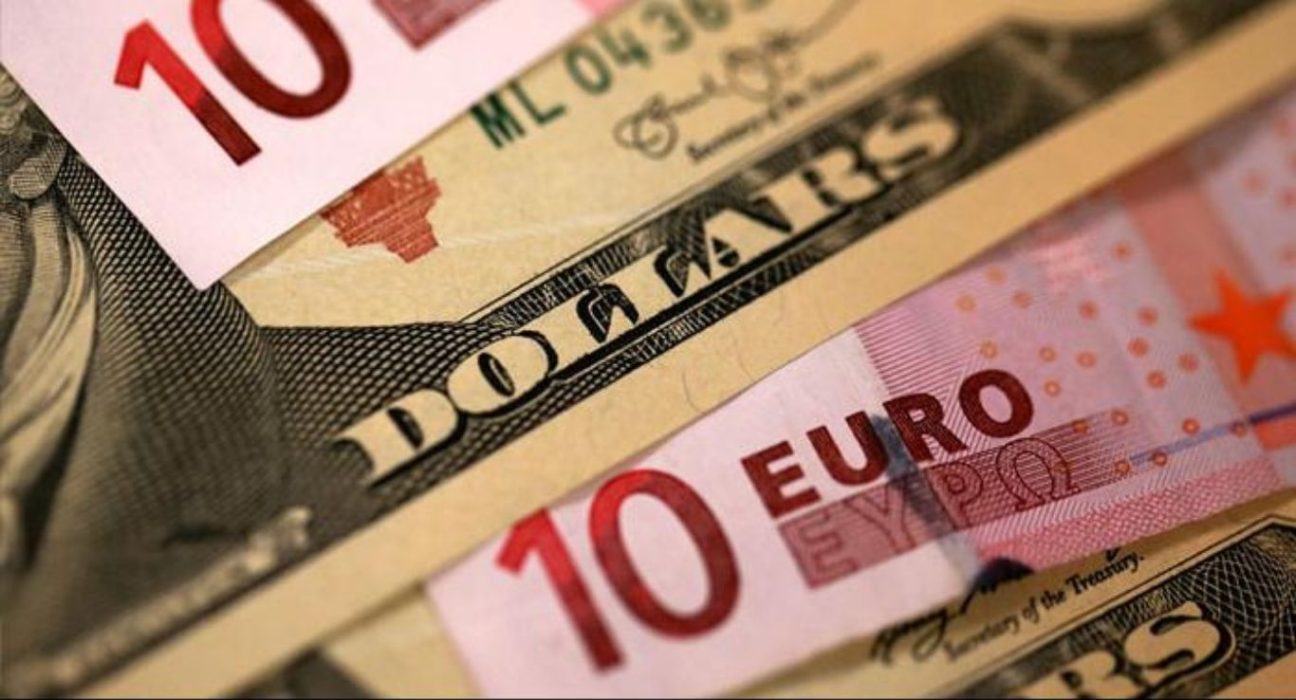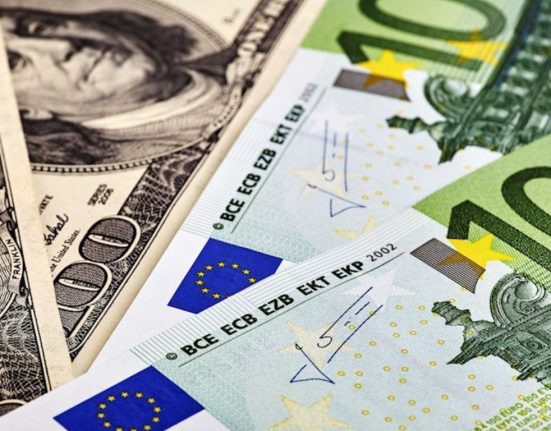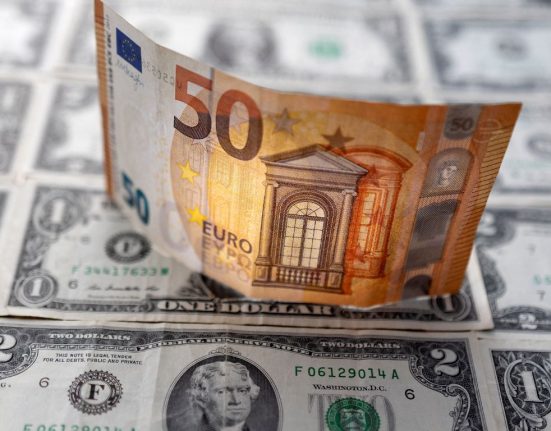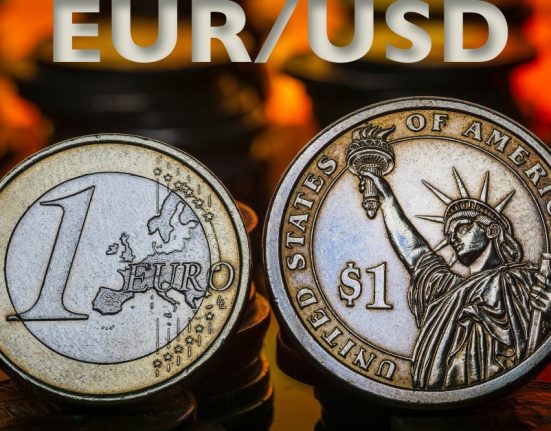The euro has lost some of its gains against the US dollar in recent days, as the US faces a looming deadline to raise its debt ceiling or risk defaulting on its obligations. The US debt ceiling is a legal limit on how much the federal government can borrow to pay its bills, and it needs to be raised periodically by Congress. However, the current debt ceiling of $31.4 trillion has been reached, and lawmakers have not yet agreed on a deal to raise it before it expires on June 1.
The US debt ceiling crisis has two main implications for the euro. First, it creates uncertainty and volatility in the global financial markets, which tend to favor safe-haven assets such as the US dollar over riskier currencies such as the euro. Second, it raises the possibility of a US default, which could have severe consequences for the global economy and trade, as well as for the eurozone, which is a major trading partner of the US.
The uncertainty and volatility caused by the US debt ceiling crisis have been evident in the movements of the EUR/USD exchange rate in recent weeks. The euro reached a four-month high of 1.2266 against the dollar on May 2, boosted by strong economic data from the eurozone and expectations of a faster recovery from the pandemic. However, since then, the euro has retreated to around 1.21, as the US dollar regained some ground amid rising inflation and interest rate expectations, as well as growing concerns over the debt ceiling impasse.
The possibility of a US default, however, is still remote, as most analysts expect that a last-minute deal will be reached to avoid it. Nevertheless, the risk cannot be completely ruled out, especially given the deep political divisions and polarization in Washington. A US default would be unprecedented and catastrophic for the global economy and financial system, as it would undermine the credibility and stability of the US dollar as the world’s reserve currency and trigger a wave of defaults and contagion across countries and markets.
The eurozone would be particularly vulnerable to a US default, as it relies heavily on trade and investment with the US. According to Eurostat, the US was the eurozone’s largest export market and second-largest import market in 2022, accounting for 19% and 13% of total trade respectively. A US default would disrupt trade flows and supply chains, reduce demand and confidence, and increase borrowing costs and currency fluctuations for eurozone businesses and consumers.
Therefore, the outcome of the US debt ceiling talks will have a significant impact on the performance and outlook of the euro in the coming weeks. If a deal is reached in time to avoid a default, the euro could resume its upward trend against the dollar, supported by improving economic conditions and vaccination progress in the eurozone. However, if no deal is reached and a default becomes imminent or occurs, the euro could face a sharp sell-off and depreciation against the dollar, as investors seek safety and liquidity in times of crisis.










